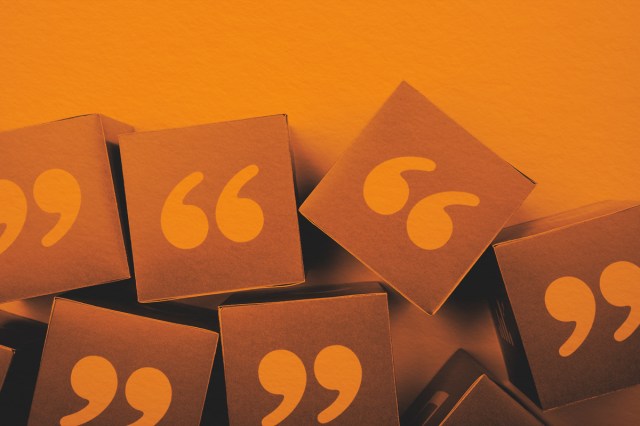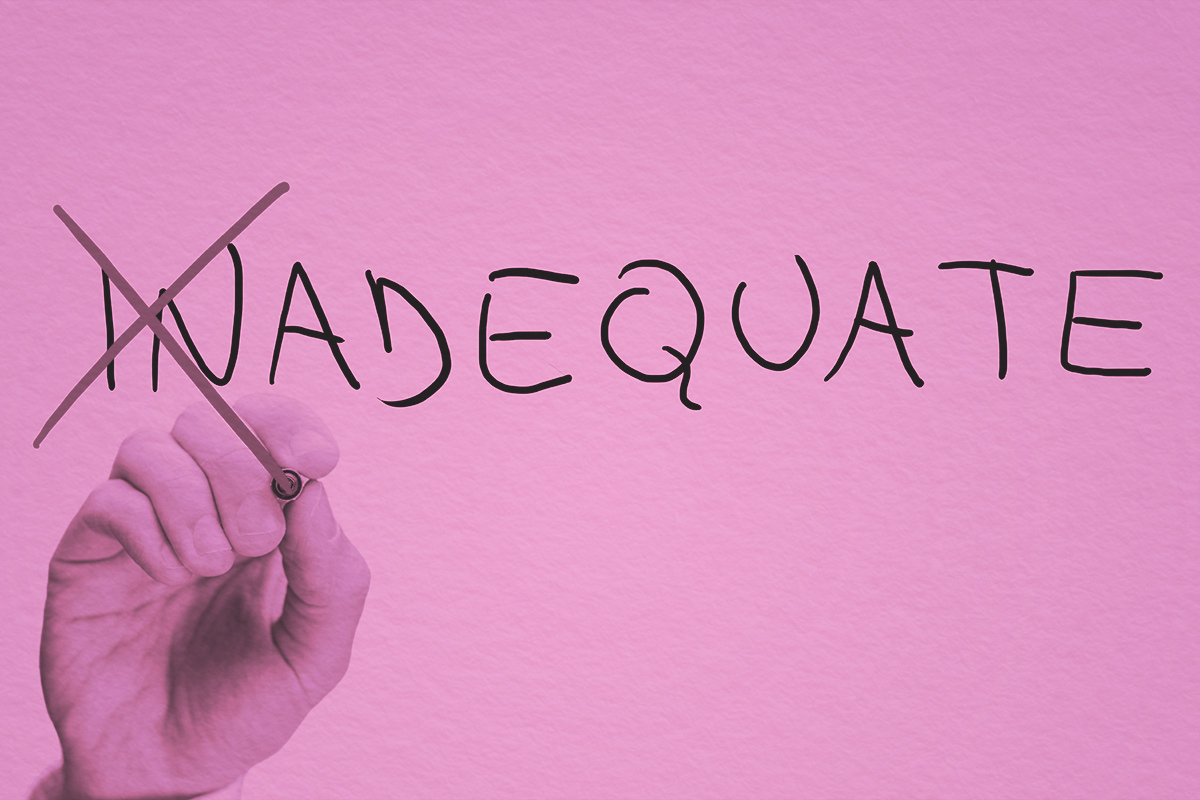
Much like the shape of french fries, there is a choice between straight (“”) and curly (“”) quotation marks (no waffle or shoestring quotation marks to confuse the issue even more). Funnily enough, while they look different, they don’t differ in their meaning, as straight and curly quotation marks serve an identical grammatical purpose. However, they do cause some issues when it comes to typography and now computers, and thanks to modern computer programmers, straight quotes started to be called “dumb” and curly quotation marks were called “smart.” Here’s how they acquired those reputations.
Curly quotation marks were preferred by the earliest printers for their stylistic appeal. They were the standard choice until the typewriter was invented in the 1870s. In an effort to consolidate space on typewriter keyboards, early models included a single straight mark (‘) key to serve a variety of purposes. This single ambiguous line could act as an apostrophe if typed once or quotation marks if typed twice, and could also be used for measurements in feet or inches (e.g., 5’4”). This choice was more efficient than dedicating multiple keys to open and close curly quotation marks and an apostrophe. It freed up valuable keyboard real estate for other symbols.
In the 1960s, ASCII (American Standard Code for Information Interchange) was designed for word processors. The digital system didn’t have the same physical limitations of a typewriter keyboard, but ASCII still adopted straight quotation marks, rather than revert to the curly symbols that many typographers preferred. The smart/dumb distinction developed as personal computer technology evolved. In the 1980s, software developer David Dunham wrote an algorithm he called “Smart Quotes,” which replaced ‘ and ” with ‘ or ’ and “ or ” automatically as the user typed. At that point, the straight versions were still standard on Macintosh computers and, as Dunham described, “you used to have to remember some arcane keyboard combinations to enter curved quotes.”
It seems that thanks to Dunham’s algorithm, straight quotation marks got the reputation of being “dumb,” whereas curly ones came to be known as “smart.” While there really is no grammatical difference between the two, straight quotation marks were phased out for the more popular curly quotation marks as word processing technology developed.
All this is to say that the difference between straight and curly quotation marks is largely a style choice, though it’s one that many have strong feelings about. Common typography wisdom says that you should never use straight quotation marks, as they’re simply a vestigial relic of early typewriters, and some computer programs don’t render them properly. Instead, curly quotation marks are considered preferable due to their aesthetic appeal and also the fact that they came first. We’re of the opinion that it doesn’t really matter, but you should pick one and be consistent within the piece.




















